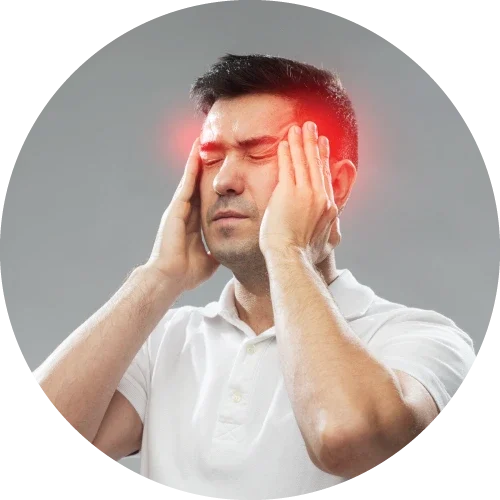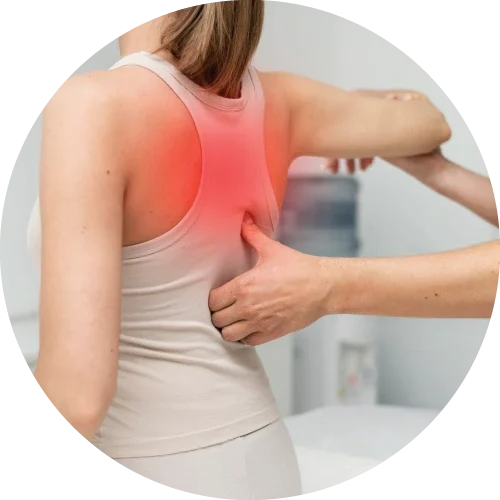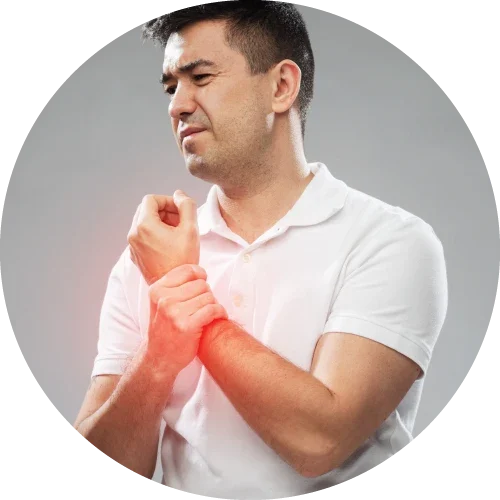Muscle Injury & Joint Pain
Trigger Points and the Benefits of Dr. Rife’s Infrared Injury Mat
The human body consists of (at least):
0
Bones0
Joints0
MusclesTrigger Points, also known as myofascial trigger points or “knots,” are focal, irritable spots located in a taut band of skeletal muscle. They produce pain locally and sometimes in a referred pattern. Acute trauma or repetitive microtraumas may lead to the development of stress on muscle fibers and the formation of trigger points. These are common sources of regional, persistent pain resulting in a decreased range of motion in the affected muscles and impaired function. Dr. Rife’s Infrared Injury Mat can assist in relieving pain associated with trigger points by promoting muscle relaxation and improving blood circulation, thereby facilitating the release of tension in affected muscles.

Muscle Strain, also referred to as a muscle pull or muscle tear, occurs when a muscle and/or its tendon exceeds its capacity to handle a load and becomes damaged as a result. Muscle strains are generally graded from 1-3, with grade 3 being the most severe, which can sometimes require surgery to repair. Dr. Rife’s Infrared Injury Mat aids in the healing process of muscle strains by promoting tissue repair, reducing inflammation, and alleviating associated pain, thereby facilitating a faster recovery.
Joint Sprain, also referred to as a ligament sprain, occurs when one or more ligaments of a joint exceeds its capacity to handle a load and becomes damaged as a result. This is usually caused by a rapid overstretching of the ligament from a sports injury or fall but occasionally ligaments are sprained from repetitive overuse microtraumas. Like muscle strains, these are graded from 1-3, with grade 3 being a complete rupture of the ligament. Dr. Rife’s Infrared Injury Mat aids in reducing inflammation and promoting tissue healing, thereby facilitating the recovery process for joint sprains.
Arthritis, the literal translation of which is “joint inflammation,” results in joint pain, swelling, and stiffness. There are more than 100 types of arthritis, but the most common type is osteoarthritis or degenerative joint disease. Arthritis can significantly impact mobility and quality of life. Dr. Rife’s Infrared Injury Mat can assist in managing arthritis symptoms by reducing joint inflammation, alleviating pain, and improving joint flexibility.
Degenerative Joint Disease, commonly referred to as osteoarthritis, occurs from the “wear and tear” deterioration of cartilage that serves as a cushion and lubricant in the joint. More than 50% of adults over the age of 65 are affected by DJD. Dr. Rife’s Infrared Injury Mat can help manage symptoms associated with DJD by promoting joint lubrication, reducing inflammation, and alleviating pain, thereby improving joint function.
Tendinitis, inflammation of a tendon causing pain, swelling, as well as loss of motion and strength, is a type of tendinopathy that usually presents in an acute phase of tendon injury. Another form of tendinopathy, called Tendinosis, causes similar problems but is more chronic and involves the deterioration of the tissue. Dr. Rife’s Infrared Injury Mat can assist in the treatment of tendinitis and tendinosis by promoting tissue healing, reducing inflammation, and alleviating associated pain.

Bursitis involves inflammation of the fluid-filled sacs that provide cushioning and lubrication around joints, resulting in pain, swelling, and impaired movement. It most commonly occurs in the shoulder, elbow, and hip. Dr. Rife’s Infrared Injury Mat aids in reducing inflammation and promoting tissue healing, thereby facilitating the recovery process for bursitis.
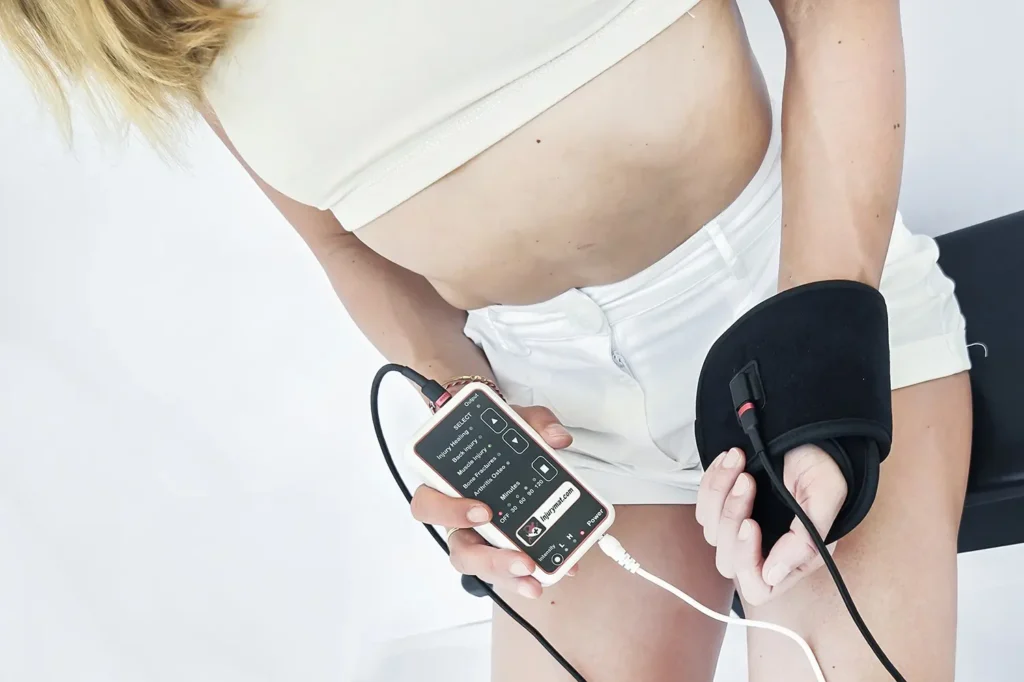

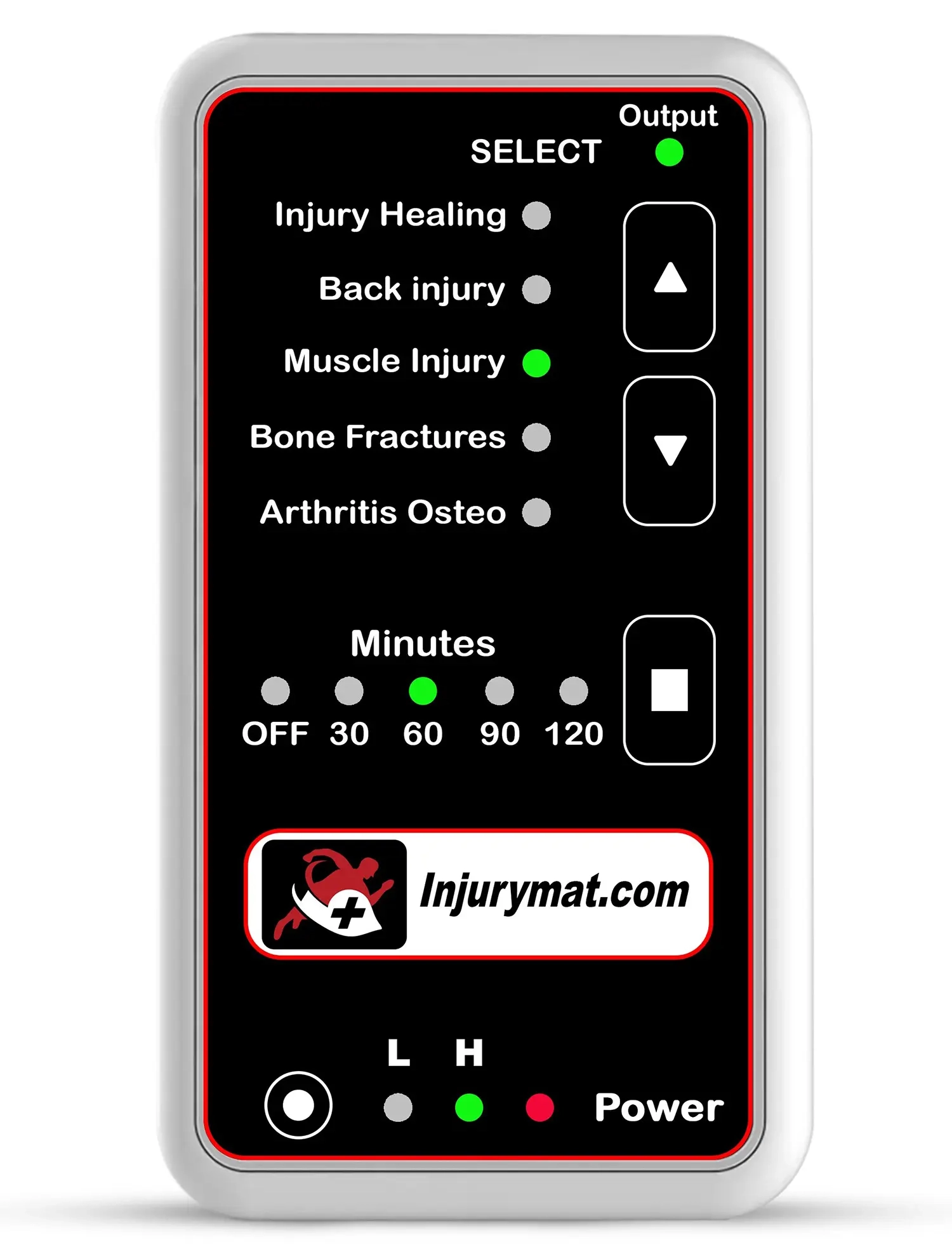
Muscle Injury and Joint Pain
This program encompasses conditions that arise from acute injuries to muscles, such as strains or tears, as well as issues related to joint pain. Muscle injuries often occur due to overexertion, improper techniques during physical activity, or sudden movements. Joint pain can result from various factors, including inflammation, overuse, or injury to the ligaments and cartilage surrounding the joint. Healing from muscle injuries typically involves rest, physical therapy, and gradual rehabilitation to restore strength and flexibility.
Use Muscle Injury [Program #3]
Select 30 - 120 minutes based on the condition
Use suitable mats for treatment area; if multiple areas, use 2 mats with controller.

